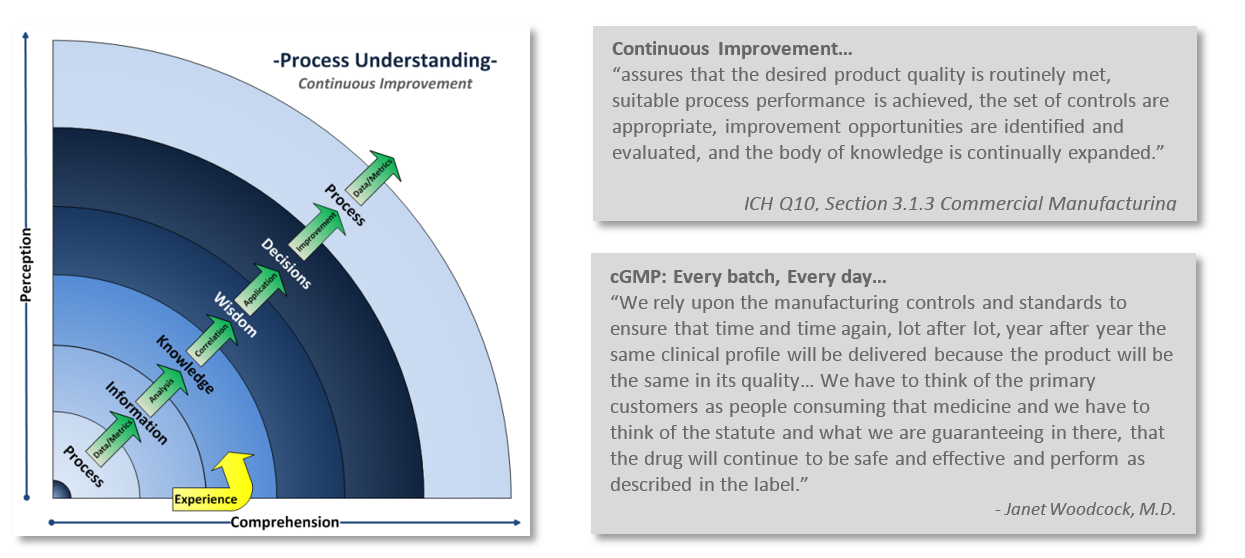June 16, 2015

June 16, 2015


On May 5, 2015, the Food and Drug Administration (FDA) released the final guidance on Providing Regulatory Submissions in electronic format. The guidance implements the electronic submission requirements of section 745(a) of the Federal Food, Drug, and Cosmetic Act (FD&C Act). This means that in 24 months, submissions that are not submitted electronically and in a format that FDA can process, review and archive will not be filed or received. Unless of course, your submission qualifies for an exemption.
This guidance is unique because unlike other ‘nonbinding’ guidance documents, the specified format for electronic submission will have a binding effect. Twenty-four (24) months from the date the guidance document was published (May 2017), the following submission types must be submitted electronically:
This requirement also applies to all subsequent submissions, including amendments, supplements, and reports, to the submission types shown above. Since the FDA considers master files as submissions to an NDA, ANDA, BLA or IND, the master file also falls within the scope of the requirements set forth in section 745A(a). These include new drug master files (DMF), new biological product files (BPFs) and any amendments to or annual reports on previously submitted DMFs or BPFs.
The requirement for INDs takes place 36 months from the date the guidance was published. IND submissions must be submitted in eCTD format beginning May 15, 2018.
Electronic submissions must be submitted using the version of eCTD currently supported by FDA. The version of eCTD supported by FDA is specified in the Data Standards Catalog available on FDA’s website. To make the first electronic submission to an application, you must obtain an application number by contacting the appropriate FDA Center. The final guidance includes information on submission structure; granularity, files and folders; file formats and versions; and document lifecycle. There are numerous helpful links throughout the document. Finally, your electronic submission must be submitted via the FDA Electronic Submission Gateway (ESG) if it is 10 gigabytes (GB) or smaller. The electronic submissions must include only FDA fillable forms and electronic signatures to enable automated processing of the submissions.
For some companies, eCTD is old news and their regulatory department has already learned the nuances of eCTD submissions. These companies have already made the investment in the necessary tools for processing an eCTD submission and their document authors have been trained in how to properly format a document for inclusion into the eCTD.
For other companies, the eCTD mandate may impose additional burden on an already over-burdened regulatory affairs department. These companies are faced with the choice of making the needed expenditures on the tools/software for processing an eCTD submission, training their staff to use them and re-training their document authors to prepare eCTD compliant documents. In some cases, this can impose additional burden on an already over-burdened regulatory affairs department. If your company is not prepared for the transition to eCTD, now is the time to prepare. In 24 months, paper submissions will become history.
There are two different options to comply with the eCTD mandate, update your workflow to include all of the elements required to compile an eCTD or outsource the preparation of your eCTDs.
If you plan on updating your workflow, your first steps will include reading the available guidance documents and determining your/your company’s approach to make eCTD submissions. Your organization will need to develop tools (SOPs and/or templates) for authors to allow for documents to be developed such that they are compliant and can easily be incorporated into the eCTD. Your authors will need training on these tools. These documents will then be added to the submission structure such that all of the eCTD requirements are met. Generally, this will require an initial investment of $5,000-$50,000 for the appropriate software tools to accomplish the task. The cost varies widely depending on the types of features that are needed by the users. A small company submitting only annual reports may be able to use a $5,000 solution but a larger company that requires access for a team of submission publishers may need to make the $50,000 investment for a hosted solution. There is also a hidden cost in the time invested to determining which software tool is most appropriate for your needs and the time it takes to implement and complete training on the selected tool. While you are putting these items in place, you will also need to establish an account for submission through the FDA ESG so that you can send your submission.
If updating your workflow is not the appropriate option for your company/regulatory group then you will need to determine how to outsource the preparation of the eCTD submission. This can be accomplished in a co-operative fashion where eCTD components are delivered to a submission vendor for compilation into the submission. The eCTD component delivery should be discussed with your selected vendor to determine the best workflow for your project. Delivering components that are not guidance compliant can lead to additional processing costs for your submission. You will need to work closely with your vendor to establish the document delivery requirements so that you can deliver documents that are formatted appropriately and keep costs down. You should also expect to spend time performing quality control on the final submission to ensure that your vendor has accurately inserted all of the required documents into your submission and targeted any external links to the appropriate location.
Whether your eCTD solution is in-house or outsourced the clock is ticking for your group to comply with the eCTD mandate.
Learn more about ProPharma's Compliance services.
Contact us to get in touch with our subject matter experts for a customized Compliance presentation.
TAGS: Compliance Life Science Consulting Regulatory Sciences

June 30, 2015
Since the day I entered the industry the mantra of “If you didn’t write it down, it didn’t happen” was repeatedly drilled into my daily mode of operation. The margins of my test sheets were filled...

May 11, 2016
Implementing and maintaining a Quality System is a complex challenge. It is as much as an art as it is a science. A company’s Quality System establishes the framework to manage and maintain...